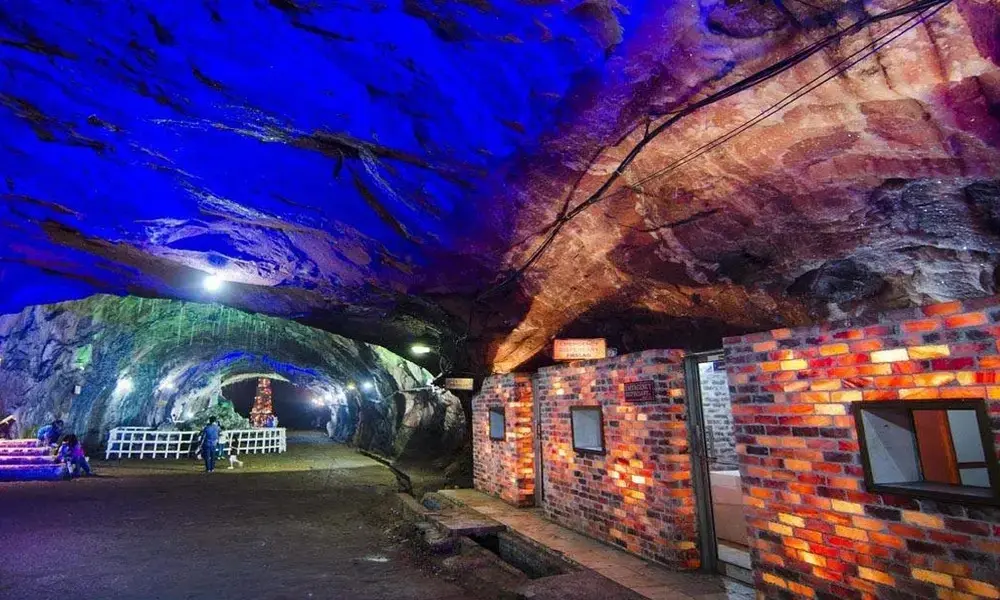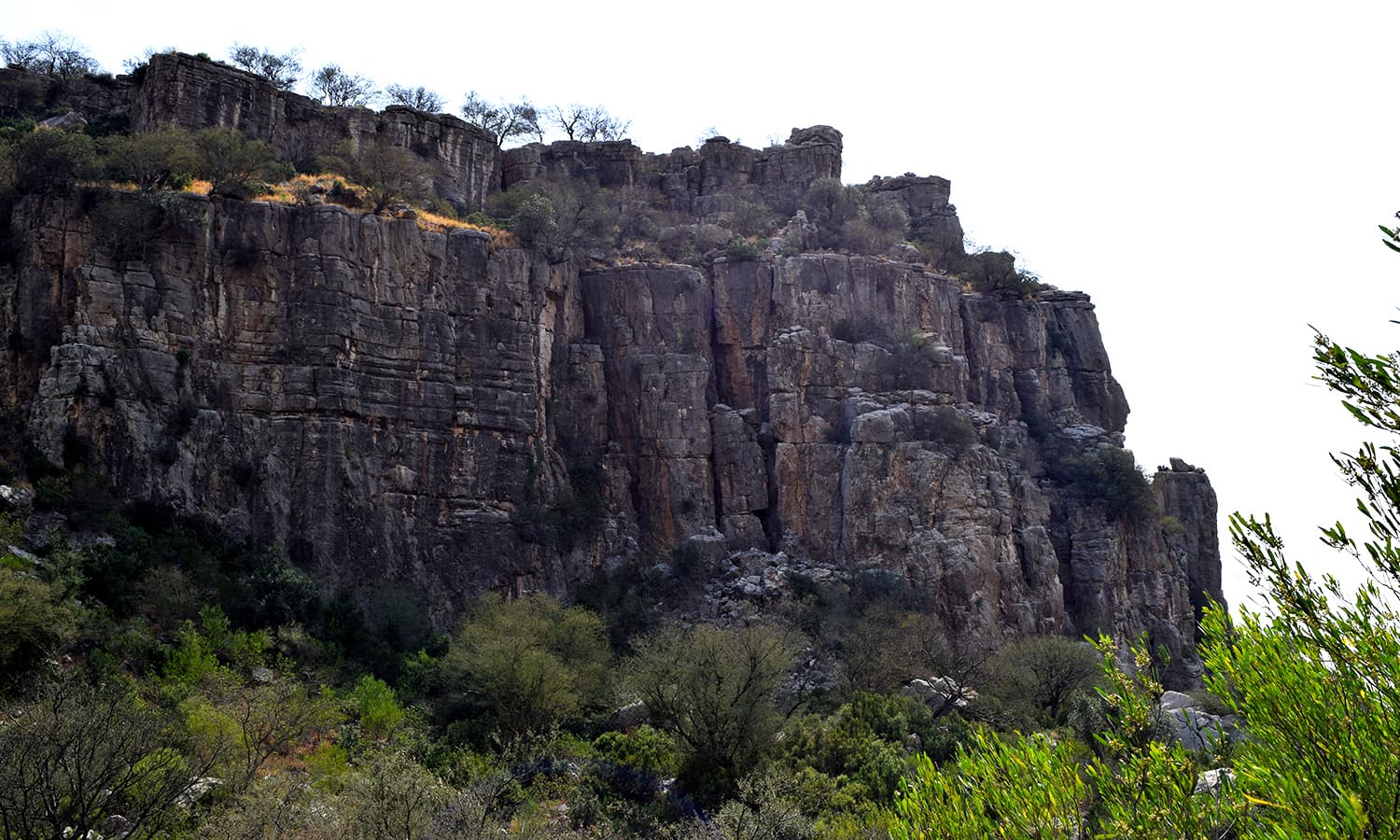
The Salt Range in Pakistan is not just a geographical wonder but also a remarkable window into the Earth’s ancient history. Located in Punjab province, this range stretches across the districts of Jhelum, Chakwal, and Mianwali, covering about 300 kilometers. It’s a breathtaking region where majestic hills, fascinating rock formations, and rich mineral deposits tell a story that dates back millions of years.
Table of Contents
ToggleA Journey Through Deep Time
The Salt Range is considered a geological treasure trove, with rock formations that are over 600 million years old. It’s part of the Punjab Plateau and contains some of the world’s oldest salt deposits, believed to have formed when ancient seas evaporated during the Precambrian era.
Scientists and geologists often visit the area to study its unique rock layers, which provide clues about Earth’s climatic and environmental changes over millions of years.
The Famous Khewra Salt Mine
One of the biggest highlights of the Salt Range is the Khewra Salt Mine, the second-largest salt mine in the world.
- The mine produces around 387,000 tons of salt annually.
- It is estimated to have over 220 million tons of reserves.
- Tourists can explore its fascinating tunnels, colorful salt formations, and even structures made entirely of salt, like a mosque and miniature models of iconic landmarks.
The Khewra mine attracts thousands of tourists every year, making it one of Pakistan’s most visited heritage sites.

Rich Biodiversity and Natural Beauty
The Salt Range isn’t just about geology—it’s also a haven for wildlife and natural beauty. The area features:
- Chashma Barrage and Lakes: Scenic water reservoirs that attract migratory birds.
- Protected Wildlife Areas: The Salt Range is home to Urial sheep, partridges, and rare birds.
- Hiking Trails: Ideal for nature enthusiasts and adventure seekers who want to explore Pakistan’s landscapes up close.
Historical and Cultural Significance
The Salt Range also has a rich cultural history, with ancient temples, forts, and settlements dotting the region:
- Katas Raj Temples: A historic Hindu pilgrimage site dating back to the 6th century AD.
- Tulaja Fort: A centuries-old fortress showcasing the architectural heritage of the area.
- Alexander the Great’s Route: Historians believe Alexander crossed this range in 326 BC during his campaign in the Indian subcontinent.

Economic Importance
The Salt Range is vital for Pakistan’s economy:
- It provides salt, limestone, gypsum, and other minerals.
- The mines support thousands of workers and fuel local economies.
- Tourism in the region generates additional revenue for the country.
Preserving a Geological Treasure
While the Salt Range offers immense natural wealth, over-mining and environmental changes threaten its ecosystem. There is a growing need for:
- Sustainable Mining Practices to protect natural reserves.
- Eco-tourism Initiatives to balance tourism with conservation.
- Historical Preservation Projects to safeguard ancient monuments and temples.
Conclusion
The Salt Range is not just a geological marvel but a symbol of Pakistan’s rich natural and cultural heritage. From the Khewra Salt Mine’s dazzling tunnels to the historic Katas Raj temples and the serene beauty of its hills, the range offers something for everyone—geologists, historians, tourists, and nature lovers alike.
By investing in conservation and sustainable tourism, Pakistan can ensure that this natural wonder continues to inspire future generations.
